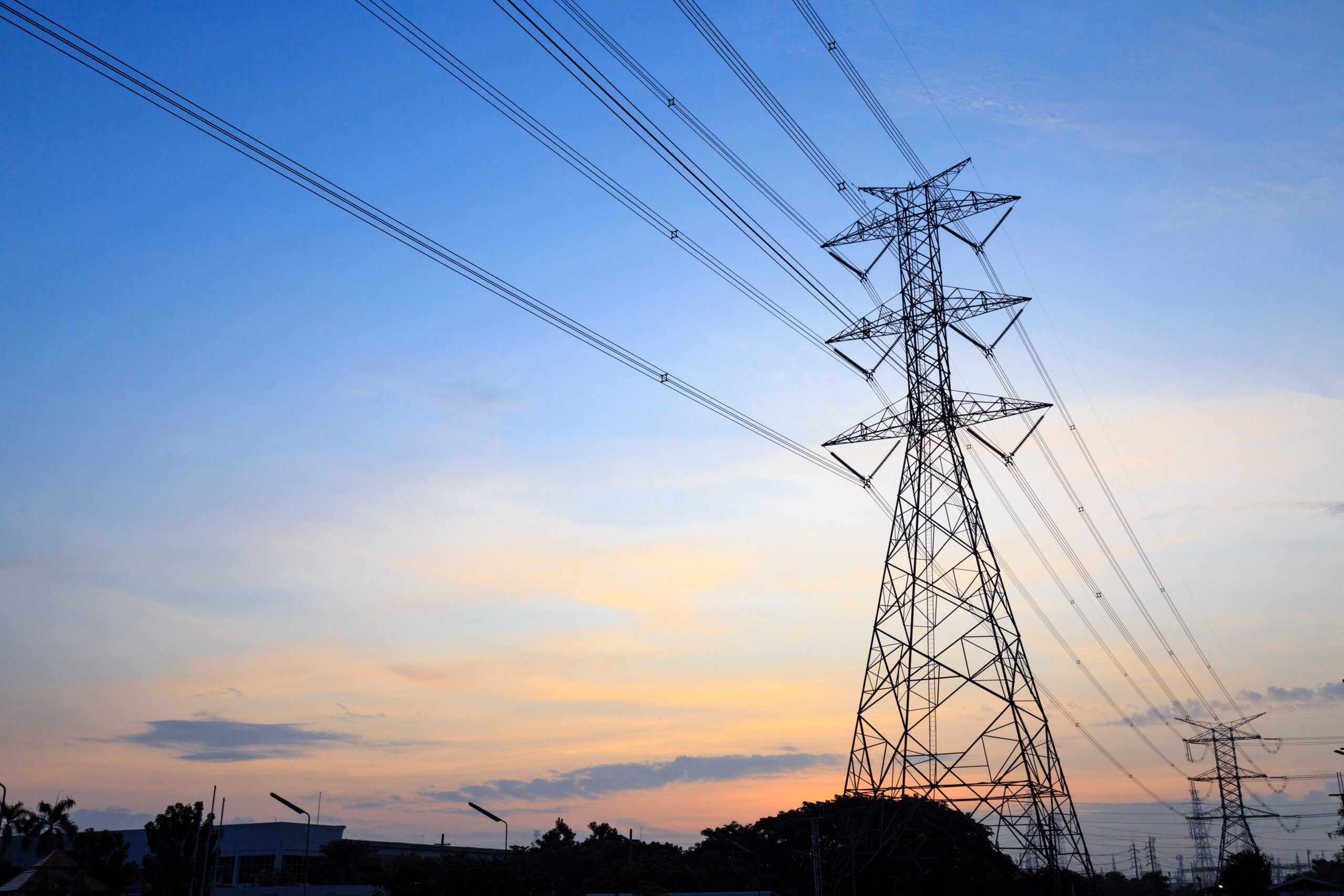Cash-strapped UK consumers adopt demand response
The new demand response service offers financial incentives for users that voluntarily flex their electricity usage, in an effort to curb energy use.

A new demand response scheme that rewards consumers for curbing their power consumption on demand has succeeded beyond expectations in the UK, proving monetary incentives are becoming a central tool in driving consumers to cut down their energy usage, commentators said.
UK power TSO National Grid ESO launched the Demand Flexibility Service (DFS) in November in order to access additional flexibility when national demand is at its highest, during peak winter days, which was previously not available to the ESO in real time.
The service allows consumers, as well as some industrial and commercial users, to be incentivised for voluntarily flexing their electricity usage, which in turns avoids the risk of emergency generators being relied on or blackouts being enforced at times of peak demand.
Consumers with a smart meter can sign up through their energy supplier or through aggregators.
Customers are notified the day before an energy saving event, with sessions lasting for about one hour.
Data from the first two events show that “consumer engagement has exceeded expectations” with consumers overdelivering by over 35% against targets on both occasions, ESO said.
In the first five events, the DFS delivered over 780 MWh of demand reduction and £2.8 million in savings to the 1 million households and businesses that signed up to participate.
Craig Dyke, the ESO’s head of national control said this was a “major milestone in the evolution of consumer flexibility in the UK” proving “consumers up and down the country are standing by to get involved in flexibility solutions.”
The ESO will hold a total of 12 sessions through March 2023 at a guaranteed minimum price of £3 KWh, meaning that a typical household could save approximately £100 across all tests.
The DFS “demonstrates National Grids’ ability to adapt to changing system conditions during what has been an unprecedented period for energy markets, developing and rolling out the service in a short time period,” Joe Camish, lead analyst at consultancy Cornwall Insight, told Gas Outlook.
“We have seen a steady increase in providers signing up to participate in the service since it went live in November and typically have seen DFS events largely satisfied by participating consumers,” he said, adding that financial rewards “have proved to be a factor in influencing people to participate by reducing their energy usage.”
There are a total of 26 approved providers by the ESO, including major utilities such as British Gas, Octopus Energy, E.ON and EDF as well as energy saving apps such as Hugo, Labrador and Loop.
“Every report discussing our route to net zero confirms that we must bring consumers on the journey with us, yet there are very few examples of that actually happening,” Jane Lucy, CEO of PerseEnergy, the company behind the Labrador app, told Gas Outlook. HERE
“The DFS is a rare example making this happen.”
The service has been well-received among the app’s business users, with the company now planning the expansion to the consumer sector, she said, adding that financial incentives were a key factor in the scheme’s success.
“I do believe money is the best incentive” she stressed.
“Traditionally, it has always been difficult to engage people in energy, but that has radically changed given the extreme market conditions.”
“We need to make the most of this current engaged sentiment,” she continued.
“There have been so many failed schemes where people expected behaviour change with the only benefit being energy bill savings,” she said.
“Given there is additional financial value to energy efficiency, it is only fair and makes sense to use and share it with the consumer,” she added.
Psychological factors are also playing a role, Steve Buckley, head of product and data science at Loop, told Gas Outlook.
“There’s a subset of Loop customers” such as owners of electric vehicles “who have large amount of demand they can shift and they are typically motivated to maximise their financial reward,” he said.
“As a contrast there are subset of Loop users who just want to do their bit,” he said.
“They understand that we’re in an energy crisis, they have higher than average trust in institutions and are responding to the messaging about supporting the grid and reducing costs,” he explained.
Demand-side interventions provide “a real opportunity to minimise system costs and emissions through demand flexibility,” he added.
“In the UK the opportunity today is to reduce the marginal cost of generation at peak times.”
“This opportunity will grow as more renewables come onto the grid and heat and transport are electrified.”
Moving forward, “in order to unlock the domestic side fully, we’ll need to work as an industry to engage consumers with their energy use in a way that they haven’t up to this point.”
